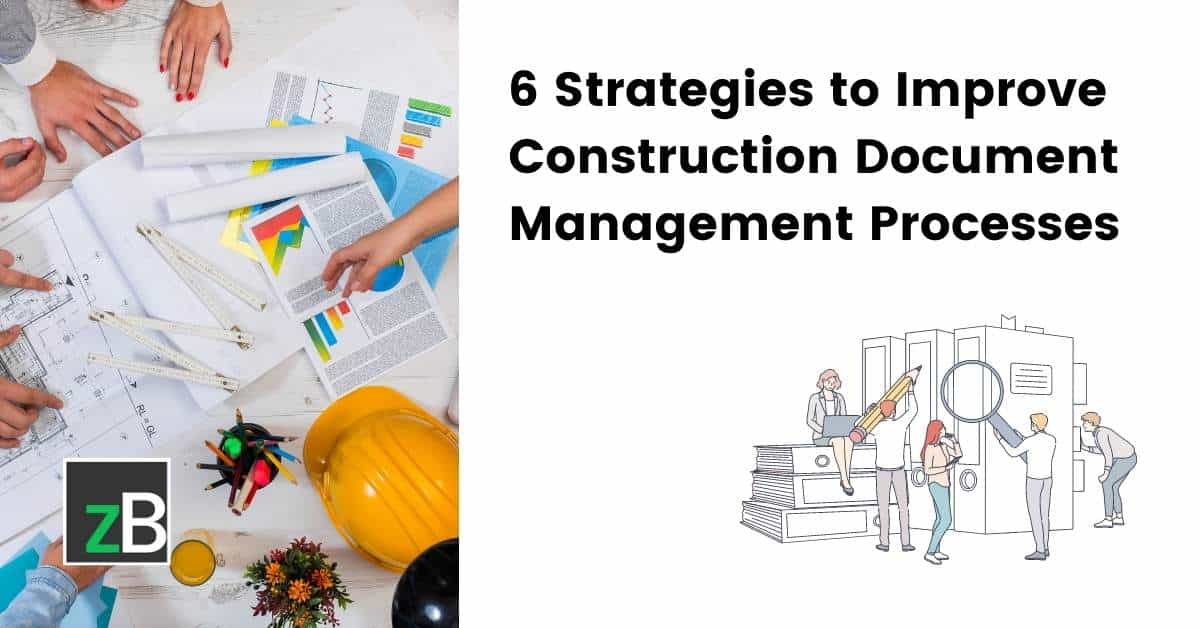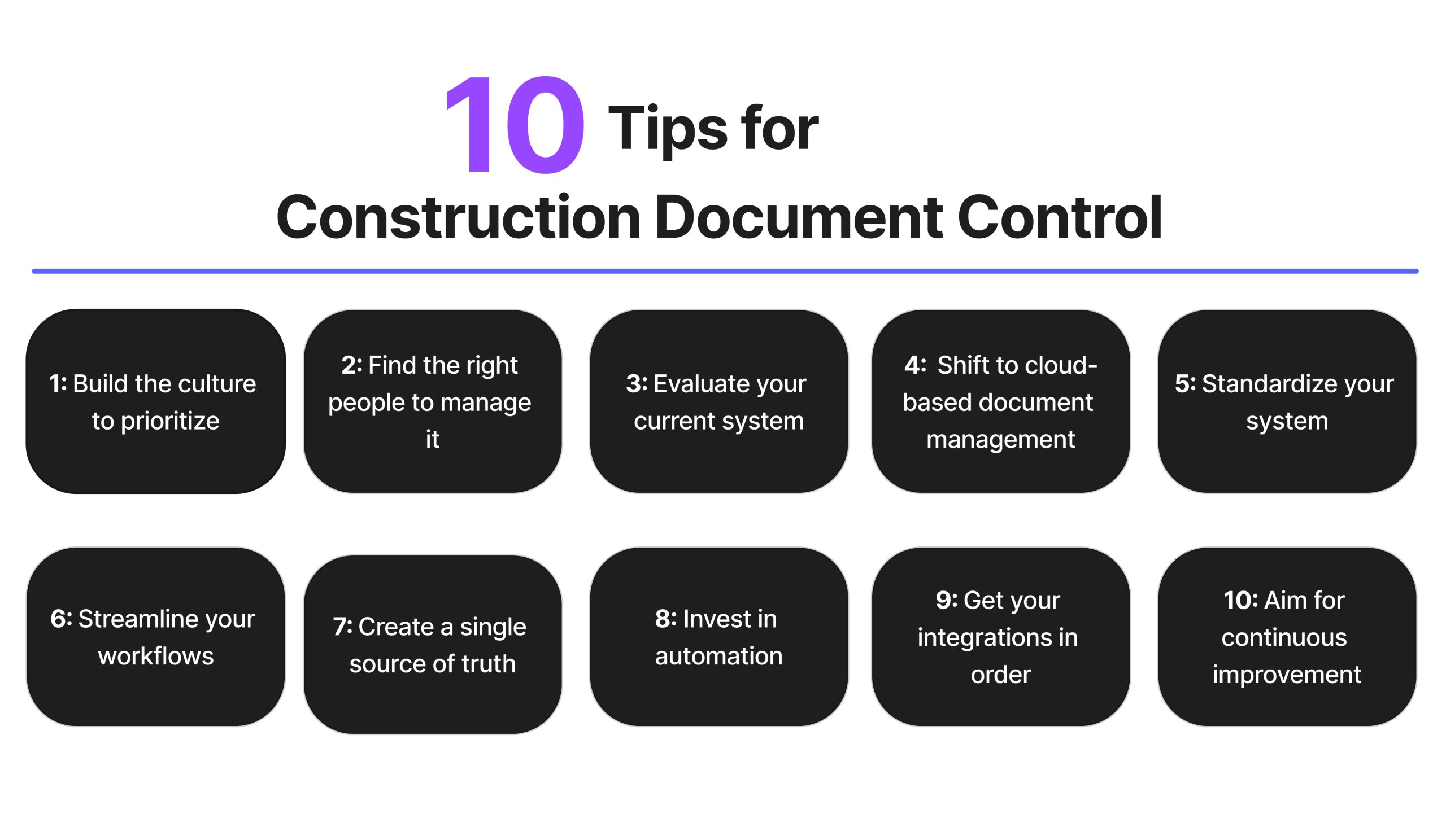Enhancing Operations Effectiveness: Designer's Expert Methods for Building Document Monitoring
In the realm of architectural design and building, the thorough management of papers stands as a cornerstone for job success. Architects use numerous approaches to boost workflow effectiveness and improve building file administration processes. From skilled company strategies to the assimilation of collaborative systems and the application of safe information management options, designers navigate a complex landscape of methods and devices. Nevertheless, amidst this intricacy, a select few specialist approaches have emerged as vital in maximizing workflow effectiveness. These strategies not just make sure smooth task progression but likewise hold the key to unlocking improved performance and precision in the complex world of building and construction file administration.
Key Document Company Methods
When taking care of building and construction papers, one of the crucial strategies that designers utilize is developing a efficient and methodical organization system. This system normally involves categorizing papers based upon their type, such as illustrations, specs, agreements, and permits. By developing clear and distinctive groups, engineers can swiftly situate specific information when needed, saving time and reducing mistakes in the building procedure.
Within each category, designers even more organize files by creating subfolders or using numbering systems to denote modifications or variations (construction document management). This ordered structure ensures that one of the most relevant and present details is easily obtainable while maintaining a record of adjustments made throughout the project timeline
Furthermore, designers often use electronic record management systems that provide functions like keyword search features, variation control, and gain access to restrictions to enhance company and cooperation amongst job stakeholders. These tools streamline the document access process, promote real-time updates, and assist in seamless communication, ultimately adding to the general success of the construction project.
Collaborative System Integration
To enhance document management effectiveness in building tasks, engineers perfectly incorporate joint systems to boost interaction and improve sychronisation amongst job stakeholders. By leveraging collective platforms such as project management software application, cloud-based storage systems, and interaction devices, designers can produce a centralized center for all project-related documents and communication networks. These platforms permit group members to accessibility, testimonial, and work together on papers in real-time, minimizing hold-ups and the threat of errors related to standard file administration approaches.
Collaborative platform combination also cultivates openness and responsibility within the job team, as all stakeholders have visibility right into the most recent job updates and modifications. By streamlining interaction and record sharing, designers can make certain that all staff member are working from one of the most updated information, decreasing the possibilities of misconceptions or problems arising due to outdated files.
Moreover, joint systems make it possible for smooth partnership in between engineers, contractors, clients, and various other task stakeholders, promoting an extra effective and cohesive project workflow. By breaking down communication obstacles and facilitating information exchange, architects can drive productivity and development in construction tasks, ultimately bring about successful task outcomes.
Version Control Finest Practices
Applying effective variation control techniques is essential for keeping file precision and consistency in construction tasks. By developing a clear system for handling alterations, project teams can guarantee that every person is functioning from one of the most current documentation, decreasing the danger of mistakes and discrepancies throughout the building and construction phase.
One of the crucial best methods for variation control is to designate unique identifiers per document version. This can be accomplished by utilizing a numbering system or day stamp that plainly suggests the order of alterations. By clearly classifying each version, group members can easily track the progression of the record and identify the most recent version.

Automation Tools for Efficiency

Document control software program, like Procore or PlanGrid, systematizes project documentation, making it easily accessible to all stakeholders. These platforms enable real-time partnership, variation control, and automated back-ups, safeguarding versus information loss. Additionally, Structure Info Modeling (BIM) software application automates the generation of construction illustrations and makes certain that modifications are synchronized across all associated papers.
Integrating automation devices with cloud storage space options better boosts access and security. By automating the document administration procedure, task groups can focus their time and effort on see page value-adding tasks, eventually enhancing productivity and project outcomes.
Secure Data Management Solutions
Properly managing and securing task information is paramount in the building and construction sector to make certain privacy and honesty throughout the task lifecycle. Building firms can make use of encrypted cloud storage space solutions to firmly share and store project records with accredited personnel.
Moreover, using digital rights monitoring (DRM) devices adds an extra layer of safety and security by avoiding the unapproved circulation or duplication of job documents. Routine data backups are important to mitigate the danger of information loss as a result of unanticipated conditions like equipment failures or cyber-attacks. Collaborative systems with integrated safety functions allow smooth interaction and file sharing among job employee while keeping data stability.
Conclusion
To conclude, carrying out vital file company methods, incorporating collaborative platforms, practicing variation control ideal methods, making use of automation devices, and adopting secure data management solutions are vital approaches for enhancing workflow effectiveness in construction paper management. These expert strategies can improve procedures, boost communication, ensure accuracy, and keep data safety throughout the construction task lifecycle.
In the world of building layout and construction, the thorough monitoring of files stands as a cornerstone for task success. These methods not only guarantee smooth project development however also hold the vital to unlocking enhanced efficiency and accuracy in my company the detailed world of building file management.
To maximize file monitoring effectiveness in building and construction projects, architects perfectly integrate collaborative platforms to boost interaction and improve control among job stakeholders. These platforms enable team participants to access, evaluation, and work together on documents in real-time, go to the website minimizing hold-ups and the danger of errors associated with conventional file monitoring approaches.
Using automation tools in building document monitoring substantially boosts performance and enhances processes for job teams. construction document management.